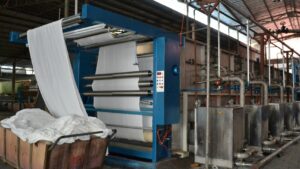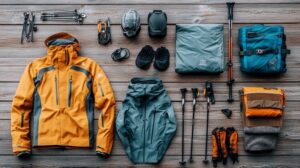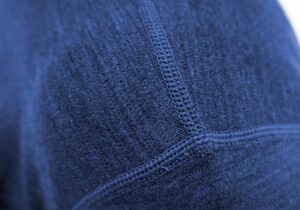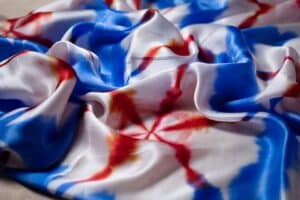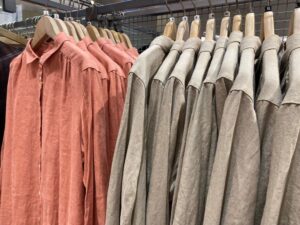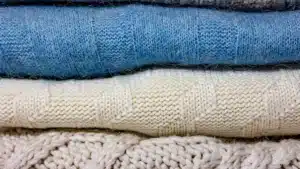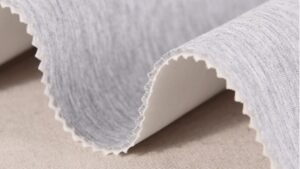Waterproofness rating is a measurement used to determine how well a material can resist water penetration under pressure. It’s a key factor in evaluating outdoor gear, such as jackets, tents, and shoes, designed to keep you dry. Understanding this rating helps you choose the right equipment for your needs, ensuring comfort and protection during outdoor activities.
Waterproofness rating measures a fabric's ability to resist water penetration, often represented in millimeters (mm). The higher the rating, the more water-resistant it is.
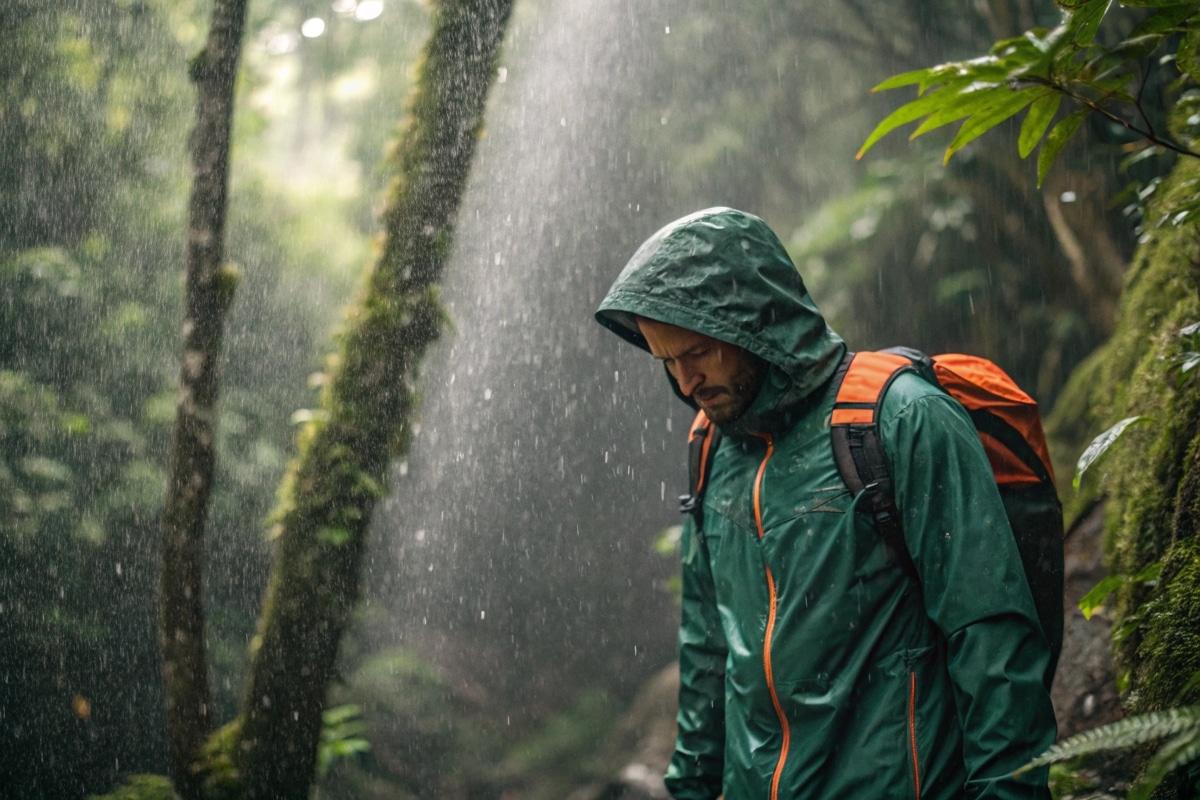
Key Takeaways
-
Waterproof ratings show how well fabric stops water. A 10,000mm or more rating works best for heavy rain.
-
Breathability is important for staying comfy. Pick fabrics with good breathability to avoid sweat buildup during activities.
-
Pick waterproof clothes based on your activity, weather, and time outside to stay dry and comfy.
What does waterproof rating mean?
Waterproof rating reflects a fabric's water resistance, with higher numbers signifying greater protection against water pressure.
Waterproof rating is expressed as a measurement of hydrostatic head, indicating how much water pressure a fabric can withstand before it begins to leak.
The number, measured in millimeters (mm), is determined by placing water on the material until leakage occurs.
For example, a 10,000mm rating means it can block a 10-meter-high water column. This is very important for outdoor activities where staying dry matters.
Threshold for Waterproofing: 1,500mm
The threshold for waterproofing is the minimum waterproof rating a fabric needs to effectively resist water penetration. In general, a rating of 1,500 mm is the starting point for materials to be considered "waterproof." However, this basic level might not hold up well under heavy rain or extended exposure to water pressure.
What's the best waterproof rating?
The "best" waterproof rating depends on your specific needs. For general outdoor use, a moderate rating suffices. For extreme conditions, like heavy rain or snow, higher ratings are necessary. The rating scale ranges from basic water resistance to completely waterproof under high pressure.
For heavy rain and harsh conditions, look for waterproof ratings of 10,000 mm or higher. For light rain, 5,000 mm may suffice.
-
Light Rain Protection:
A fabric rated between 1,500 mm and 5,000 mm is adequate for light rain or brief exposure. These fabrics are often used for casual rainwear or light outdoor activities like walking in drizzle or light showers. -
Moderate Protection:
Ratings from 5,000 mm to 10,000 mm provide moderate water resistance. This level is suitable for hiking, cycling, or other activities where you might encounter moderate rain but won't be under heavy or prolonged exposure. -
Heavy Rain and Harsh Environments:
Ratings above 10,000 mm are necessary for demanding conditions, such as heavy rain, snow, or high-pressure environments. These fabrics are typically found in high-performance outdoor gear, designed for skiing, mountaineering, or multi-day trekking. -
Extreme Waterproofing:
At the top of the scale, materials with ratings 20,000 mm and above offer the highest level of waterproofness. They are built for extreme conditions where gear must withstand prolonged exposure to water or high-pressure scenarios, such as sitting on wet surfaces or being in torrential downpours.
Here’s a simple guide:
| Rating | Resistance | Weather |
|---|---|---|
| Up to 1,500mm | Water resistant | Very light rain |
| 1,500mm–5,000mm | Waterproof | Light to average rain |
| 5,000mm–10,000mm | Very Waterproof | Moderate to heavy rain |
| 10,000mm-20,000mm | Highly Waterproof | Heavy rain |
| 20,000mm+ | Highest Waterproof | torrential downpours |
How waterproof ratings are tested
Hydrostatic head test: A column of water is placed over the fabric. The height of the water column, in millimeters, is the waterproof rating.

The hydrostatic head test checks how waterproof a fabric is. Water pressure is added to one side of the fabric until it leaks. The pressure when three leaks appear shows the fabric's waterproof level. Higher numbers mean better waterproofing. For example:
-
A fabric is placed under a tube filled with water.
-
Pressure is slowly increased until water leaks through.
-
The water height at the leak is measured in millimeters.
This test makes sure the fabric can handle rain or splashes without letting water in.
Balancing Waterproofness and Breathability
Why breathability matters in outdoor clothing
Breathability is important for staying comfortable outside. When you move, your body heats up and sweats. Without breathable clothes, sweat stays inside and feels sticky. This can make you cold later, especially in chilly weather. Breathable fabrics let sweat escape, keeping you dry and warm. This is very helpful for activities like hiking or running. These activities make your body produce more sweat.
How breathability is measured (e.g., MVTR, RET ratings)
Breathability shows how well fabric lets sweat escape. One way to measure this is MVTR(Moisture Vapor Transfer Rate). It checks how much water vapor passes through fabric in a day. Higher numbers, like 20,000g/m²/day, mean better breathability. Another way is RET(Resistance to Evaporative Transfer), which measures resistance to heat transfer. Lower RET numbers, like below 6, mean the fabric breathes well. Higher numbers, like above 20, mean it breathes poorly. These ratings help you pick clothes for your activity level.
Finding the right balance for comfort and performance
Good outdoor clothes keep rain and sweat away. Fabrics with 10,000mm waterproofing and 20,000g/m²/day breathability work great. Special materials, like DWR coatings, balance these features. Cotton breathes but holds water, so it’s not good for outdoors. Choose clothes that handle rain and sweat together. This keeps you comfy while hiking or climbing in wet weather.
Features That Improve Waterproof Clothing Ratings
How DWR treatment helps waterproof clothing
Durable Water Repellent (DWR) treatment makes clothes more waterproof. It adds a layer to the fabric that makes water bead up and roll off. This coating covers the fibers, not the whole fabric. This keeps the fabric breathable while improving waterproofing. DWR does not harm waterproof membranes, so it’s very useful. Over time, DWR can wear off, but you can reapply it to make it work again.
Why taped seams are important for waterproofing
Seams are weak spots where water can leak through stitches. Waterproof taped seams fix this by adding waterproof tape inside the garment. This tape blocks water from getting through the holes. The table below shows how taped seams stop leaks:
| Feature | How It Works |
|---|---|
| Taped Seams | Waterproof tape is added inside to block water from leaking through seams. |
When buying waterproof clothes, choose ones with fully taped seams for better protection.
Other helpful design features to look for
Some designs make waterproof clothes even better. Adjustable hoods and cuffs keep rain and wind out. Storm flaps over zippers stop water from sneaking in. Vent zippers under the arms let sweat escape without losing waterproofing. These features make your clothes more comfortable and useful in wet weather.
Choosing the Right Waterproofness Rating for Your Needs
Things to think about: activity, weather, and time outside
When picking a waterproof rating, think about a few things. First, consider what activity you’ll do. Activities like running or hiking need clothes that keep water out but let sweat escape. Next, check the weather. If it rains a lot, you’ll need clothes with a higher waterproof rating. In dry areas, a lower rating might be fine. Lastly, think about how long you’ll be outside. If you’ll be in heavy rain for hours, choose a high rating. For short trips, a lower rating can work.
Waterproof ratings help you pick clothes to stay dry. Knowing these ratings helps you choose the right gear. Combining waterproofing, breathability, and features like taped seams or DWR makes clothes better.
| Type | Waterproof | Breathability | Durability | Weight | Price |
|---|---|---|---|---|---|
| 2-Layer | Good | Good | Better | Midweight | Moderate |
| 2.5-Layer | Good | Good | Good | Ultralight | Lowest |
| 3-Layer | Best | Best | Best | Lightweight | Highest |
Higher ratings provide better protection but may reduce breathability. Balancing waterproofness with ventilation is critical for comfort during active pursuits.
Conclusion
Waterproofness ratings provide valuable insights into the performance of outdoor gear. A rating of 5,000 to 10,000 mm is sufficient for most activities, while higher ratings are ideal for extreme weather. With this knowledge, you can confidently select the best gear for your next outdoor experience.
FAQ
What does "water-resistant" mean compared to "waterproof"?
Water-resistant clothes handle light rain but may let water in. Waterproof clothes fully block water, keeping you dry in heavy rain.
What is the difference between 2-layer and 3-layer waterproof clothing?
2-layer clothes have a waterproof layer and outer fabric. 3-layer clothes add an inner layer for stronger waterproofing and better breathability.
What happens if waterproof clothing loses its DWR coating?
Without DWR, water soaks into the fabric instead of rolling off. You can reapply DWR spray or wash-in treatment to fix this problem.





